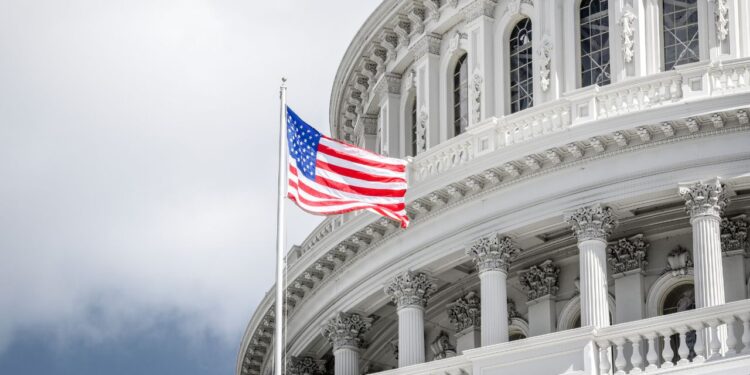Washington D.C. is dealing with the long-term effects of the rise of remote and flexible work opportunities.
By using cellphone data, an independent agency known as the Public Buildings Reform Board (PBRB) revealed that, on average, federal agencies only used 12% of their headquarters space in the nation’s capital last year.
This has left what used to be highly occupied government buildings nearly empty, with agencies like the Department of Agriculture, Labor, Veterans Affairs, EPA, and Nuclear Regulatory Commission showing occupancy rates below 10%.
According to a report published by The Washington Times, the drastic decrease in physical office presence has had significant economic repercussions for the city, leading to reduced weekday economic activity. It’s projected that D.C. will face an $800 million budgetary deficit for the fiscal year 2025.
NBC Washington reports that Mayor Muriel Bowser is considering severe cuts to social services and proposing a sales tax hike to mitigate the financial shortfall.
Meanwhile, Capitol Hill lawmakers are advocating for federal agencies to evaluate their space needs and dispose of surplus property. Commercial office conversions to housing units are a proposed idea on the table.
The impact of flexible work opportunities on local economies and city resource management has become a pressing issue in recent months with major cities across the U.S. facing similar challenges.
Policymakers and federal agencies must now navigate the challenges of adapting to this new reality while ensuring the efficient use of taxpayer-funded resources and supporting the economic health of the nation’s capital.


 Dr. Gleb Tsipursky – The Office Whisperer
Dr. Gleb Tsipursky – The Office Whisperer Nirit Cohen – WorkFutures
Nirit Cohen – WorkFutures Angela Howard – Culture Expert
Angela Howard – Culture Expert Drew Jones – Design & Innovation
Drew Jones – Design & Innovation Jonathan Price – CRE & Flex Expert
Jonathan Price – CRE & Flex Expert











